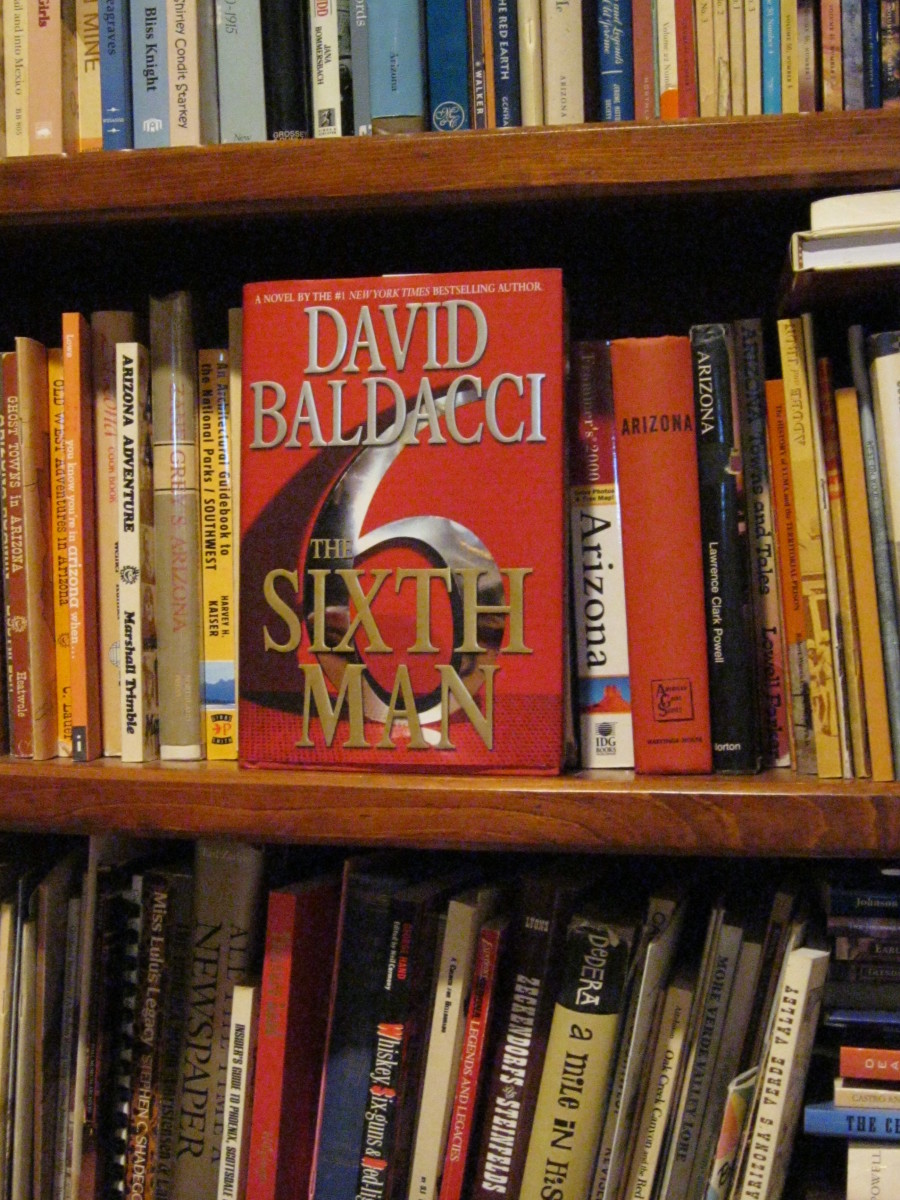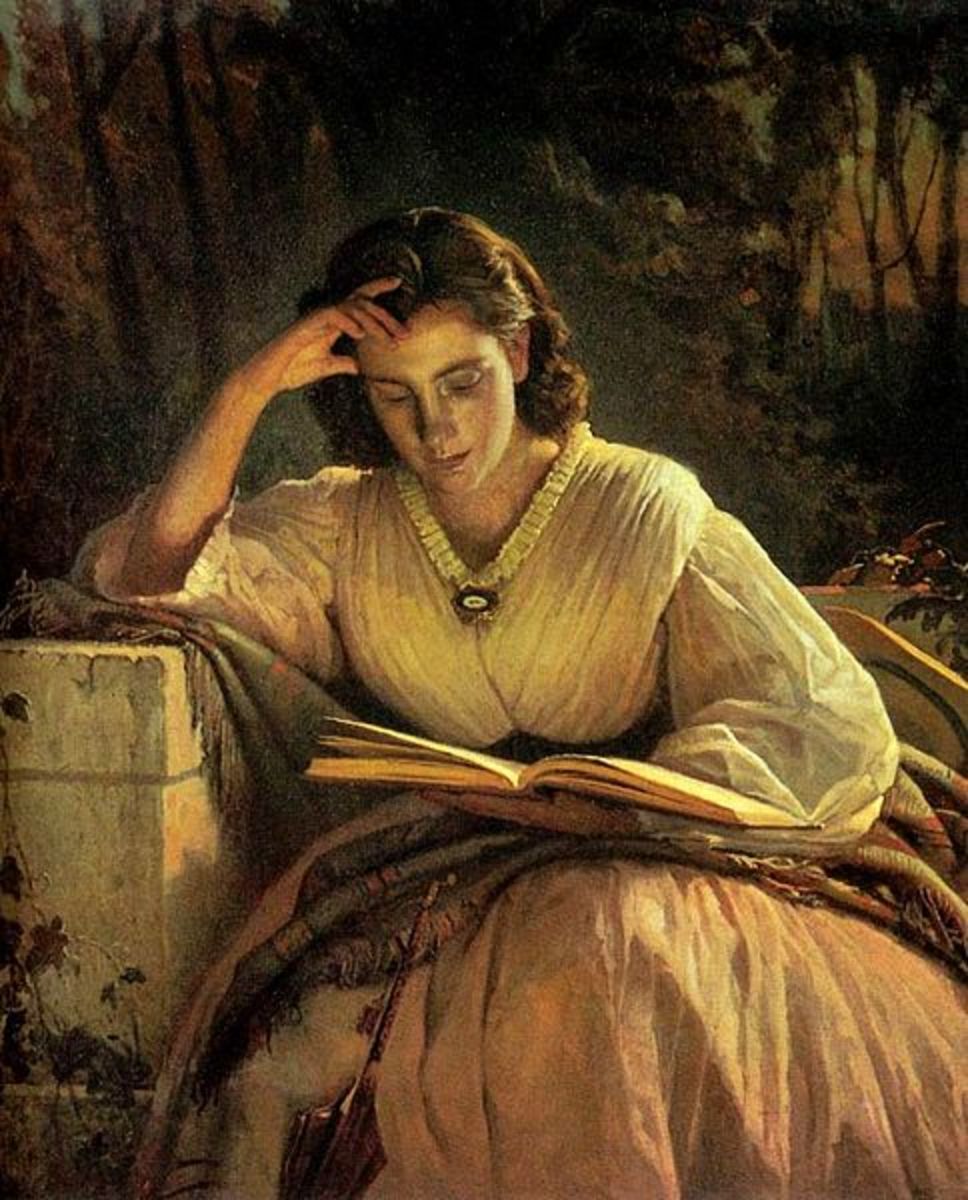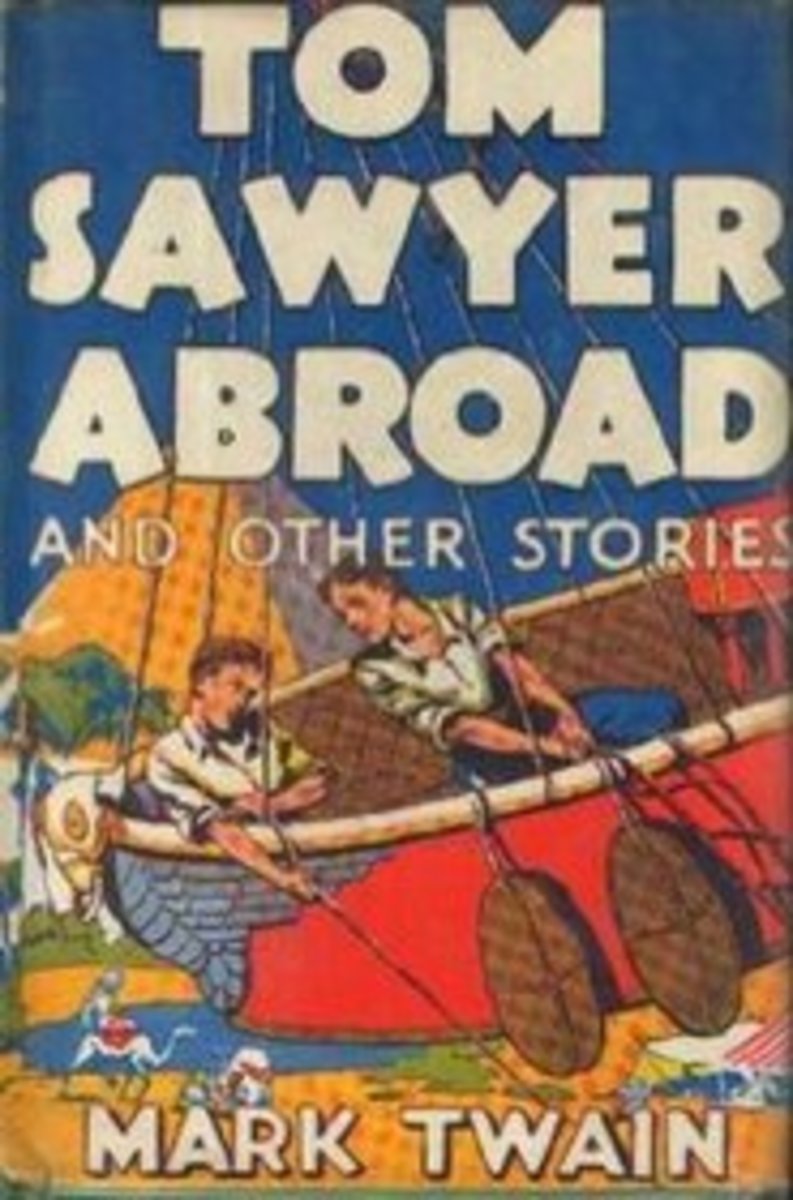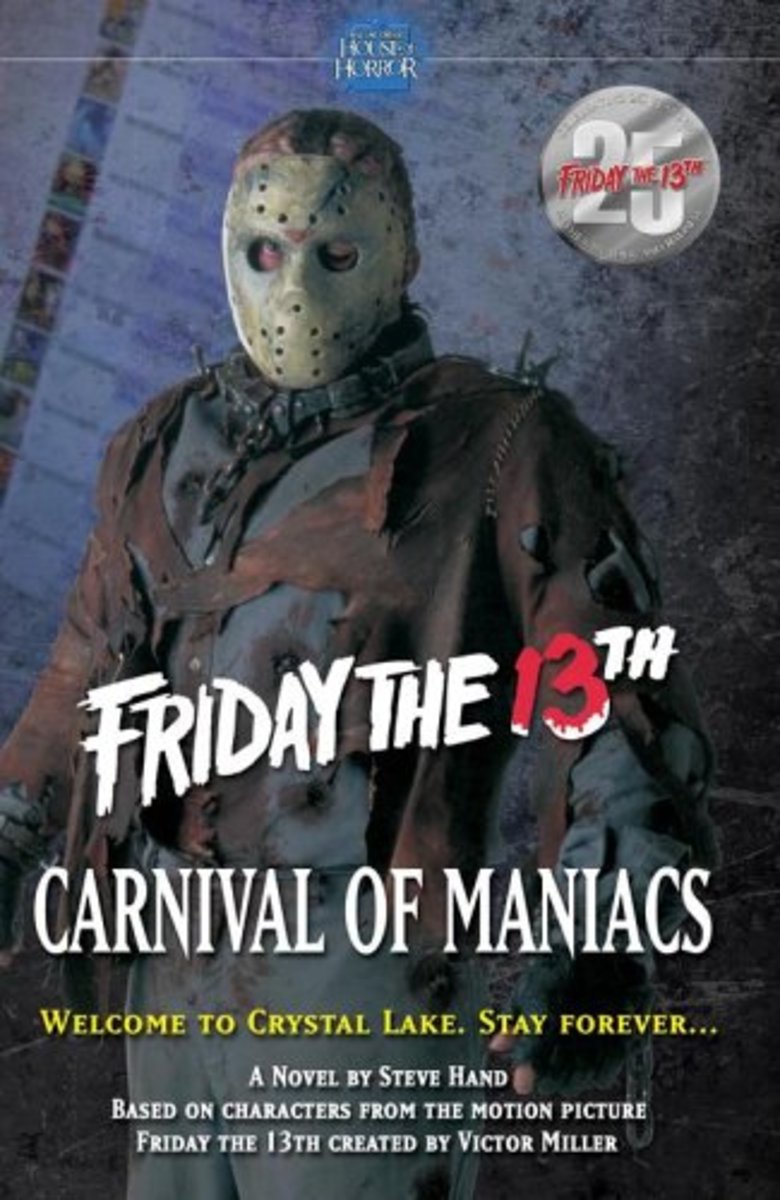About Writing My Second Novel
Cover front and back

Making a Start
Make no mistake, writing a full-blown novel is not an easy task, I find it really tough some days to say just what I mean to say.
Because; you have an idea in your head which may have been there for quite some time, [it took me forty years to get mine down on paper.] you know the story inside out, and also the main characters are as close as family to you, which is fine but then there is all the other stuff that raises its ugly head in between as you go along.
To make a start you, must plan your actions in a methodical way, keeping notes as you introduce characters and places. i make a spread sheet about my characters listing as many details as possible about them and adding new elements as I introduce them.
Write for the love of it.
It’s difficult to know how many people at any one time are writing what they hope will be a best seller, and even more difficult to guess how many are just writing for the sake of it because they love to tell a story.
In my case I’d rather write something than read something, I like to be in charge of the story and be able to direct the characters through a world that I have created for them. No matter which genre of story you prefer the problems are just the same.
I like to write adventure and in particular historical adventure, with a little bit of romance thrown in just for fun.
That means a lot of research and fact finding before I start and as I go along and the story grows and develops way past the vision I originally had for it.
Link to my first book cover
- How I wrote my First Novel.
my experience of having a book published. It took nearly forty years to get it out of my head.
Book cover
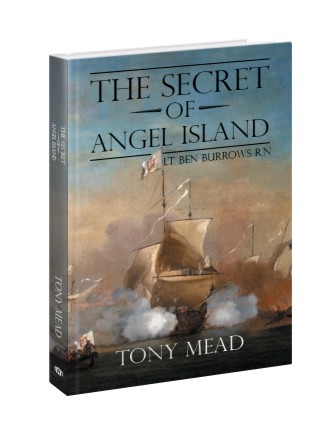
Book Covers sell books
Book cover
They say that you can’t tell a book by looking at the cover, but I’m not sure that that is always the case. So far I’ve had two books published and I’ve made great efforts to make sure that the covers tell a little of the story. Make your cover designs help to sell your books by making them attractive.
You want your book to stand out, but most of all you want it to look professional, so it is essential to get it right.
Make sure it relates to the work inside, it's no good having the picture of a nude blonde on the cover [which probably would help sales] if the story is about miners from Durham.
Where is it?
Use maps and visits to an area to understand fully its position. You can make some very basic errors which are annoying to readers if you don’t just check the location properly.
I often use Google Earth to take me to my place of action.
Maps Help
Location, Location, Location
Locations are vital to your story and if it’s about a real place, you need to be accurate. Go visit the place regularly to get a feel of it. Even if your story was set a hundred years ago you will still benefit from going and sitting in a market square or having a cuppa in a quiet little café.
I wrote a short novel about a café owner on the island of Tenerife in the Canary Islands, a place I knew very well after many holidays there. The excursions and drives that my protagonist goes on are all drives that I have taken several times. I take lots of photographs, to help me remember the colours and the sizes of places; I try to remember the smells and sounds of the place, these can be crucial for you to use to describe your settings.
“Don’t just say, ‘we went into the market place’ describe it, ‘we walked into the market place which brought back so many childhood memories. The smells of the fresh fruit, and even the smell of the fish stalls were just as they had been in my childhood.’
Be careful, because too much description can slow down the action so you need to only show a scene when it adds to the overall feel of what is taking place in your story.
These days I often take a look at a place using such as Google maps to get a sense of where the place is. By that I mean, is it near a forest or on a mountain top, can you see the sea? Constantly ask questions about what you would experience in that place and remember your reader may know it well, or on the other hand you might be adding to their experience by describing it to them.
Something I check carefully is if it is possible to move my characters across the map in a timescale that suits the era. If someone has to go from Cornwall to London, how many days would that take? If they had to walk or if they went by horse or went by motorcar the journey time would be totally different.
Research pays Dividends
Go online, to local museums and libraries to get the information that you might need. Never leave things to chance and just guess.
Remember the devil is in the detail, and you want your readers to have the best experience ever when they read your book. You want them to search for more of your work and hopefully buy it and tell others about it.
The best promotion is by word of mouth.
Characters make your story come alive
Characters
Make your characters believable and fit for the part that they play. Read Charles Dickens for some really great, memorable and clever characters, you don’t need to have read his books to know about characters such as Oliver Twist, and Fagin.
Get inside your main character’s head, express their emotions, feel their pain, their sorrow and joy and write it down.
Learning to write what you mean to say can take time and is not always very easy, a misplaced but, or and, can take you down completely the wrong path.
I don’t ever give a top to tail description, rather I like to slowly drip feed the information. Sometimes I think less is best, let the reader form their own description, let them cast the characters, whether it’s Mr. Bean or Sean Connery as the main spy, leave it up to them.
Also make sure that they have the right weapons and equipment to hand suitable to which era you are in. When I began my first book, [which is now developing into a trilogy] I needed to know about Nelson’s navy. I read as much as I could on the subject, and as I came across new problems I searched on line and in the local library for the answers.
I even went to our local museum which has a fine collection of muskets and firearms from that period so that I could describe one in better detail. The museum was kind enough to let me handle some of the weapons, which gave me an idea of how heavy they were. I wanted my fight scenes to be believable and so I didn’t want some little guy to be able to wield a heavy musket as if it was a fairy’s wand.
I like also to use a little bit of an accent for the character’s voice, just enough to give the reader an idea of his dialect, and where he is from. I then often revert back to usual English whenever he speaks again. Don’t be afraid of using dialect just as long as everyone will be able to at least get the gist of what is being meant by the words.
My First Published Book
I was so excited to see my first book actually in print, and so glad that I had made plenty of effort to make sure it had an impressive cover.
New approach
Book three is up and running, and this time I'm using a very different technique to organize and plot the story. Before I would start at one end and just write which meant that I sometimes had to go back and adjust the plot. This time I'm sketching out chapters and then when they are finished I'll go back write the links. SO far I have about 20k words and it has been really easy to make sure that the plot and timeline keep running smoothly.
Additional Research.
I don't think that you can ever overdo the amount of research that you put into your book.
My current book is set in the time of the Tudors and I've looked into just about every aspect of life at that time. The difference in technology is massive compared to the books I've written set in the 19th century. Clothes, change over the centuries and so do the fabrics that were used.
I needed to see how sailors of that error navigated; what instruments they had and how they were used, what type of weapons were being used and how they were operated, and even how ships were made seaworthy.
I got a fairly good idea of the language of the time by reading Shakespeare and a poet named Thomas Wyatt, both of which used everyday language in their poems and plays.
So really dissect your new world and then recreate it from the inside so that you know everything about it down to the smallest detail, that way hopefully you won't make any mistakes.
Publishers
One of the hardest decisions is whether or not to self-publish or try to find a publisher or agent.
I leave that decision up to you. I self published, but I was not wanting to make a living out of my books. However I have sold quite a number of books and not just to sympathetic friends.
You can get a list of agents and agents from the Artists and Writers year book, which you can either buy or look at in the library.
Be very wary with self publishing, make sure you understand the deal before you sign up.
Publish on Kindle
I've just tried publishing my own book on Kindle, and I was amazed how easy it was.
Follow the online guides, but just make sure that you have all your details ready.
Look out for 'Devil's Gold' by Tony Mead.
Ebook versus paperback
What is your favourite reading type
© 2014 Tony Mead


